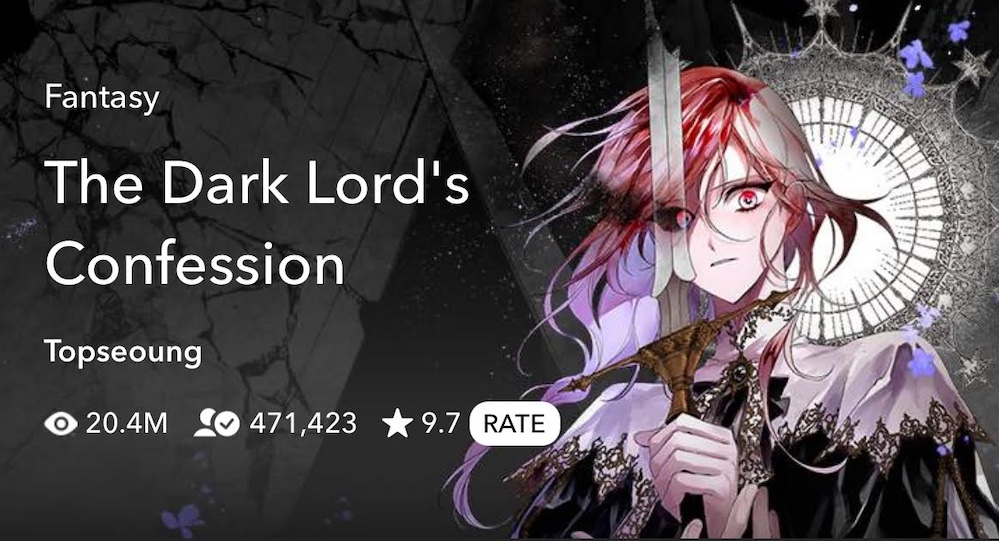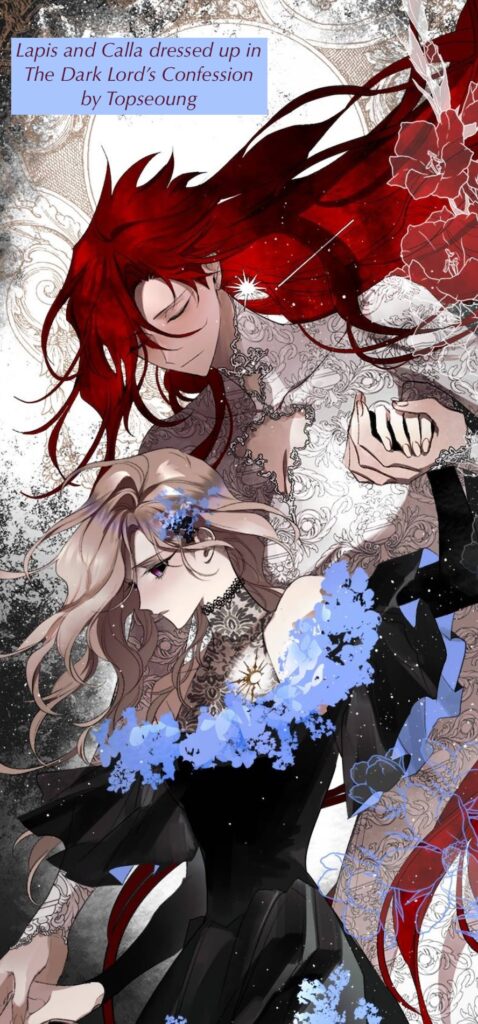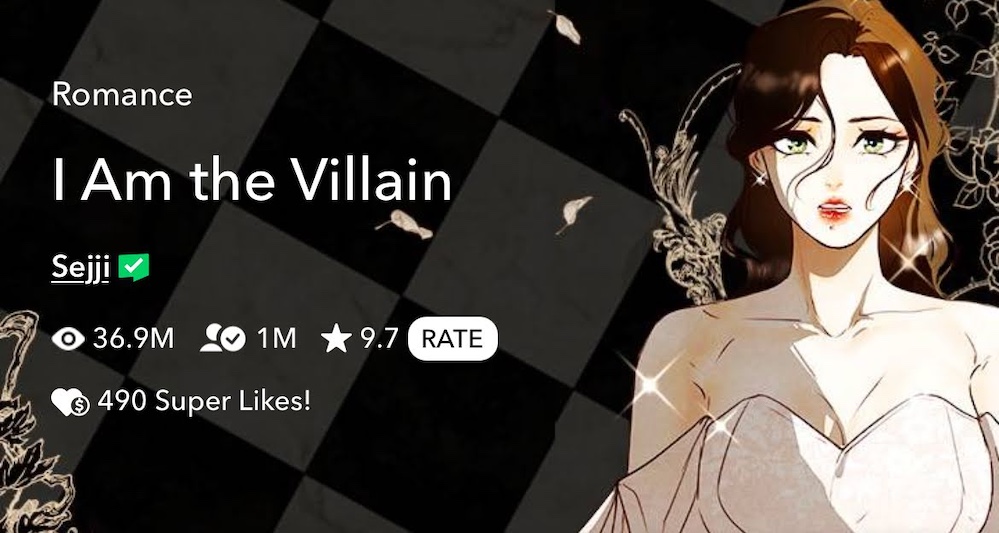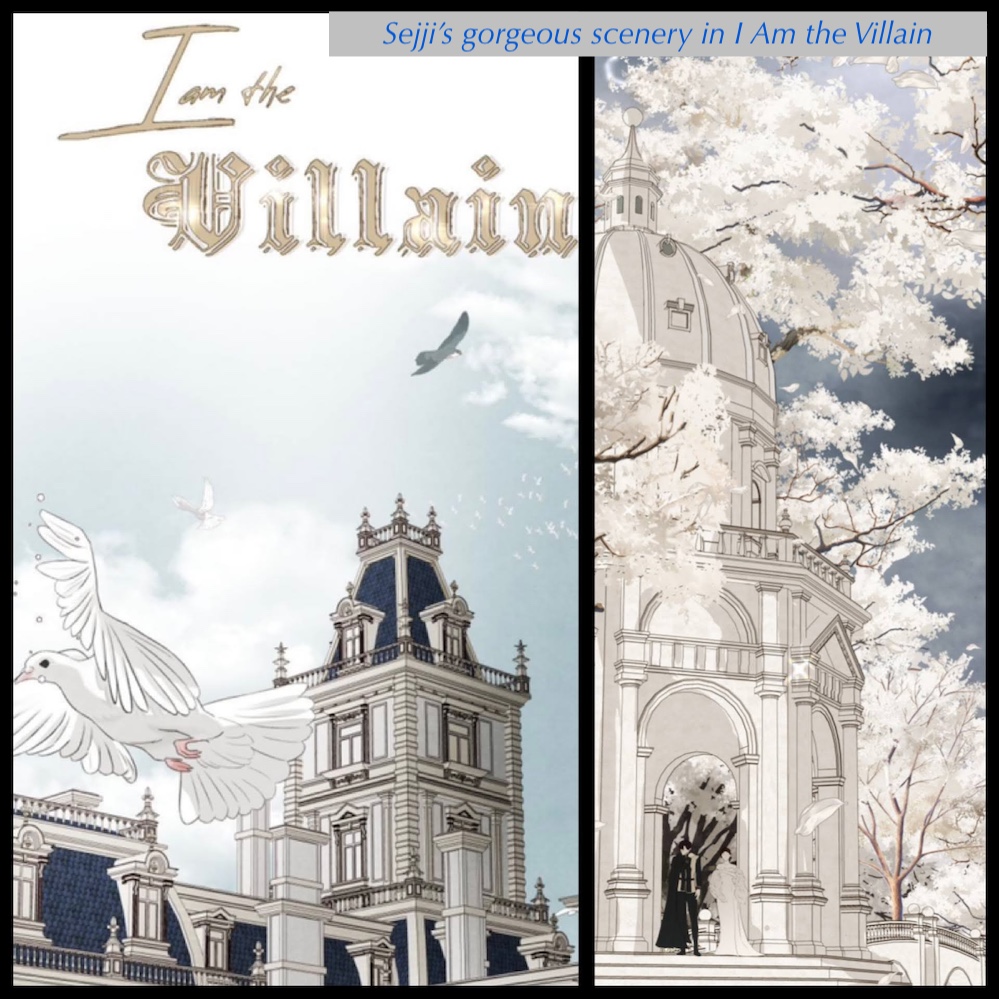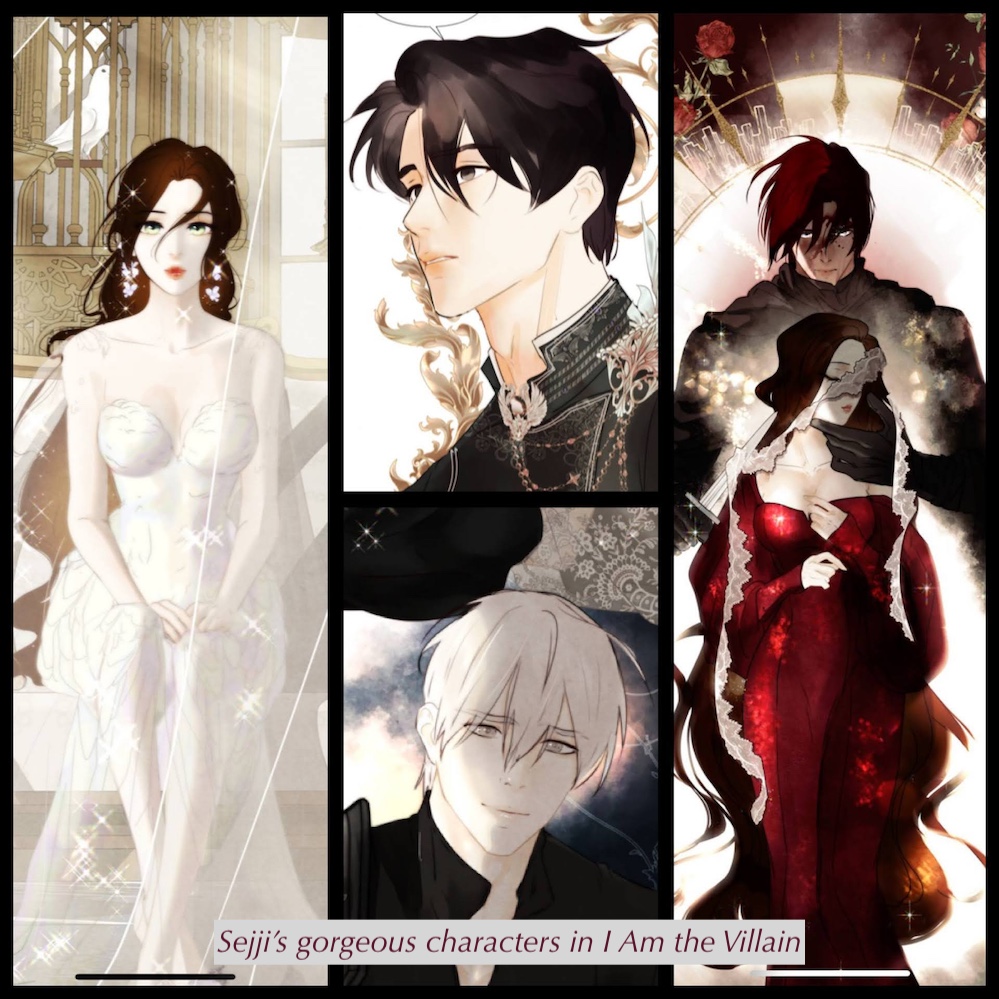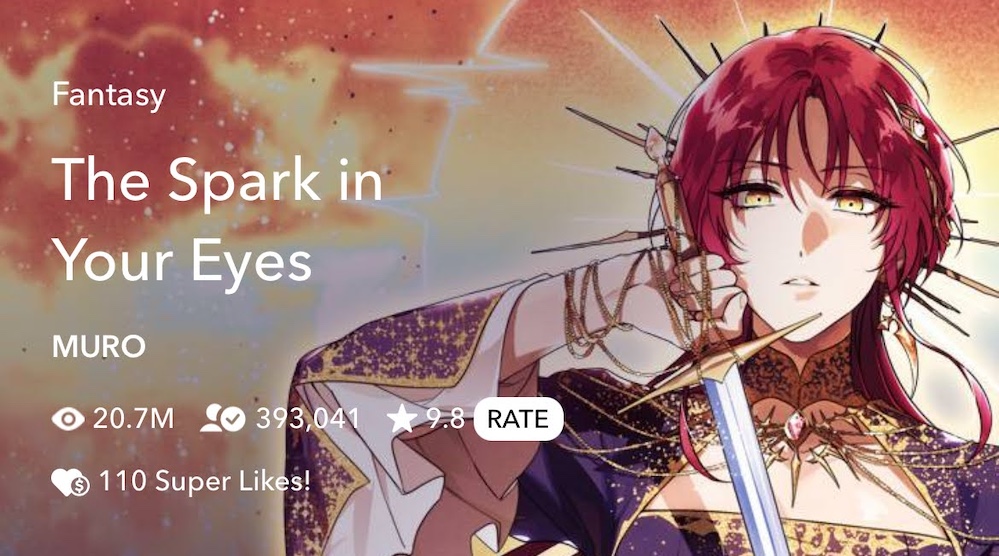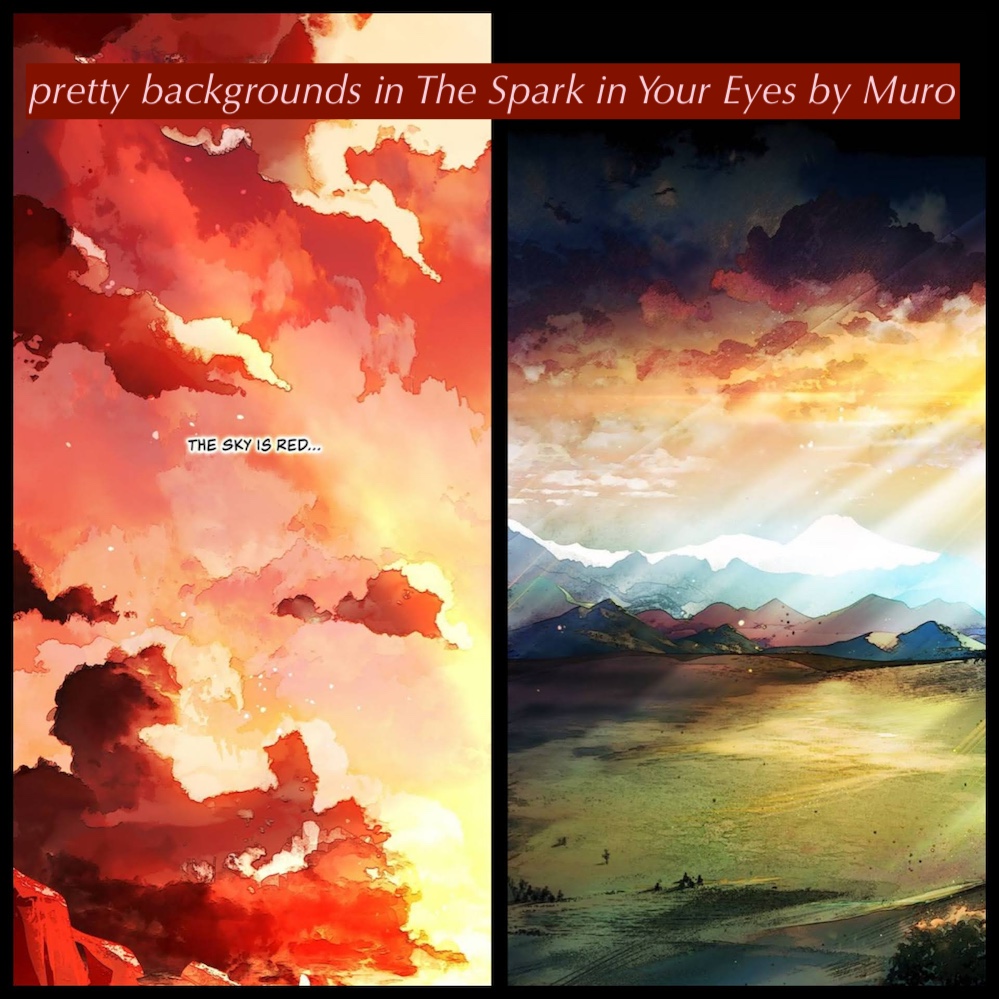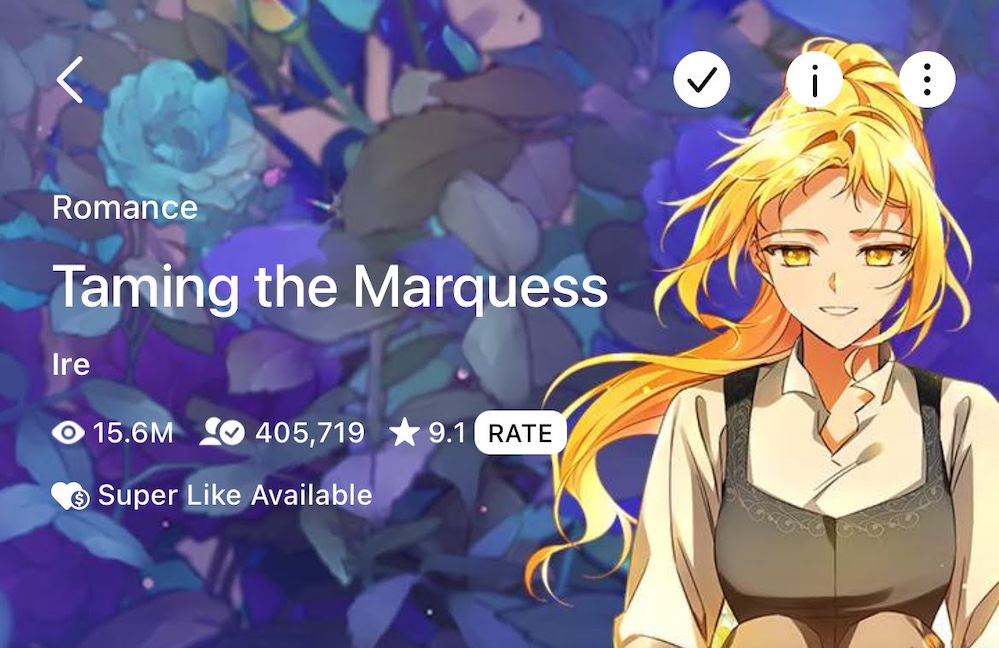
Taming the Marquess
by Ire, KRFFR, and gol_G
published by Webtoon (3 seasons, 92 chapters plus epilogues – complete)
2022 – 2024
Laranora Ador, the only daughter of an unfashionable family of blacksmith-merchant-nobles, decides to disrupt an auction where a young child is being sold. After wreaking havoc, she takes the strange little boy she rescued home. Unbeknownst to her, this child is a magically disguised man there to disrupt the sale from the inside and go on a lawful murder spree… but he can’t resist milk, cookies, and coddling once he realizes that his rescuer isn’t some kind of creep. Rather than revealing himself as a notorious mage known for MASS MURDERING AN ENTIRE KINGDOM, Eskal plays along – for months. And, instead of doing any mass murdering, he appears to die while saving dear Laranora and her household from an attack by a rival kingdom while they are unconscious.
A year later, when things aren’t looking great for the Ador family, a still-traumatized Laranora decides she must marry well to save her family’s political fortunes, and somehow winds up dealing with the mysterious & terrifying murder mage – a grown man who looks JUST LIKE Eskal, and also happens to be named Eskal. What are the odds?
This comic features: women who like to hammer, sibling rivalries, blue fire, magic-eating butterflies, an ominous child, dwarves in mountains, greedy emperors who like to murder families, auctions, dragons, curses, deadly side effects from using too much magic, fashion fads in armor, knights who complain about having to work, secrets, zealous heteronormativity, men with long hair getting framed in a manner that leads to multi-generational-hatred, and swords that WON’T STOP TALKING.
Consistent with this type of comic, both Laranora and Eskal have histories of trauma, which are obstacles to their relationship(s). Despite it all, things work out for them in the traditionally conservative, heteronormative way typical of these manhwa stories. (That’s not a spoiler for these comics – even the “mature” stories that center sex result in marriage and kids!)
Recommended if you like: relentlessly optimistic heroines who are good with hammers, talking swords, and murderous blondes with teal eyes. (You can parse this sentence in more than one way and the meanings all apply.)

